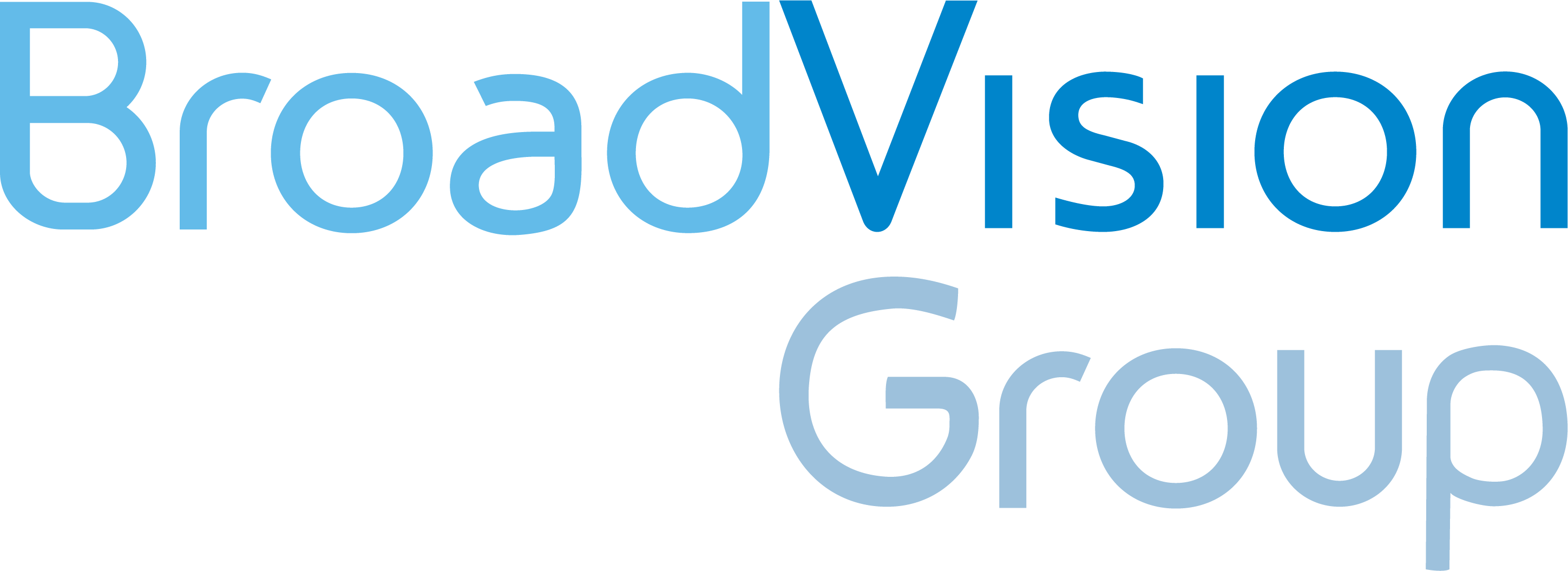Improving communication in the workplace is impossible without first building a culture of transparency and accountability. Trust is an essential prerequisite for effective workplace communication, and there can be no trust without a feeling of authenticity, cooperation and responsibility among your employees, managers, partners and customers. This feeling is created through transparent and accountable behavior consistently displayed by all members of the organization.
To achieve this type of behavior, your organization first must understand what a transparent and accountable culture looks like, what benefits are possible as a result, and finally, what steps you can take to create such a culture of your own.
What does a culture of transparency and accountability look like?
A transparent and accountable culture is characterized by a feeling of trust at all levels. Management trusts employees with great amounts of responsibility and opportunity. Employees not only trust one another, but they also trust that management has their best interests at heart. Customers and partners trust the company, its people, and its products and services to perform as expected.
In a transparent and accountable organization, work is driven by collaboration, not competition. Employees freely share knowledge with each other for the benefit of the team, rather than hoarding information for personal advancement or gain. As a result, the organization is comprised of dependable, empowered employees who take initiative, propose new ideas without fear, support one another, respect management, own their mistakes, and take pride in their successes.
What are the benefits of this type of work environment?
A positive work environment is a nice idea, but does it pay the bills or keep shareholders happy? Actually, according to Forbes, creating a workplace that places a high value on transparency and accountability does, in fact, positively impact business results. The benefits are evident in many ways, most notably in:
Improved workplace communication. Transparency begets trust, and that trust creates an environment in which people are more likely to be honest, share ideas and knowledge, and collaborate towards common goals. In turn, countless benefits are realized, as improved communication is a factor in all of the results below.
The ability to attract and retain the best employees. When employees are given ownership and responsibility through inclusion and involvement in business processes, they tend to feel properly recognized and justly rewarded. As a result, they respond with loyalty—to the company and to each other.
Improved products and services. When your people are encouraged to speak up, concerns are addressed more easily, ideas flow more freely, and solutions are reached more quickly. In turn, products and services are made better and customers are kept happy.
Reduced exposure to risk. In a transparent and accountable environment, employees aren’t afraid of retaliation or punishment. As a result, they are willing to point out problems they discover before the problems escalate into major issues.
A satisfied and loyal customer base. Authenticity is evident in all public-facing aspects of the company, from strong customer service to products and policies customers can depend on. When customers know your company can be trusted, they remain loyal—and everyone wins.
Five Steps to Improving Workplace Communication through Transparency and Accountability
1. Hire well. Fast Company suggests that building an environment of transparency begins with hiring. Hire employees comfortable with giving and receiving honest feedback. Ensure new managers are willing to put in the necessary time and effort to coach new hires in knowledge sharing and team collaboration. If long-time employees are hoarding information for personal advancement rather than sharing knowledge with each other, be willing to replace them for the benefit of the team.
2. Eliminate ambiguity. Remove any potential for confusion from all workplace communication, including company guidelines, roles, responsibilities and processes. Accountability begins with a clear understanding of who is responsible for which parts of the business, and employees struggle when management leaves important information open for interpretation. To avoid potential problems, follow up often and be firm about your expectations for open communication at all levels in the future.
3. Prioritize inclusivity. An environment of transparency and accountability is one based on inclusion. Although not everyone can be included in every decision, management should explain clearly why upper-level decisions were made when lower-level employees can’t be involved. Sharing as much information as possible with employees about how and why certain decisions are made helps ensure employees’ future decisions are in line with the company’s values and guidelines.
4. Focus on ownership. Results—both the failures and the successes—tell a story from which everyone in the company can learn. Forbes says that trusting your employees and giving them ownership over their work is key to creating a culture of accountability. However, that doesn’t mean that managers become silent observers. Continue to play an active role by providing guidance when necessary, celebrating team accomplishments, and providing support after failures.
5. Lead by example. Change happens from the top down, so management must be diligent about transparency and accountability at all times. Share freely, communicate often, and implement company-wide systems that are built to support and encourage a transparent and accountable workplace.
Conversely, what you do not do is equally important. Don’t reward teams or promote individuals who achieve their goals at their colleagues’ expense. In a culture of true transparency and accountability, how a success is earned is just as important as the success itself, so make it clear certain tactics won’t be tolerated. Celebrate true collaboration and knowledge sharing, and promote achievements that were earned the right way.
Taking even small steps toward building this type of culture will improve workplace communication and lead to a host of other benefits that will strengthen your organization. At BroadVision, we are infusing more transparency and accountability into our organization with Vmoso. Learn more about Vmoso here, and let us know the steps you’re taking in your own organization in the comments below.
